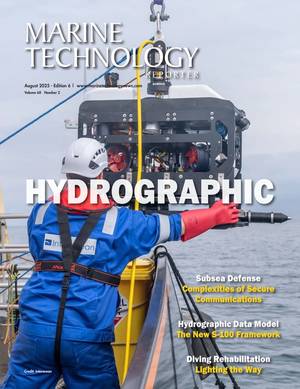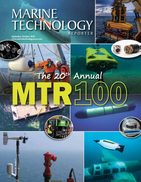The story has been removed
Sorry for inconvenience
Related News

SMD Launches New Tech Facility for Subsea Innovation
Subsea technology and services company SMD has officially opened SMD Tech Works, a USD$4.03m (£3m) innovation and manufacturing…
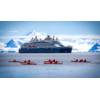
Ponant Promotes Cruising with Scientists
Ponant says its new program with Woods Hole Oceanographic Institution (WHOI) comes at a time when access to remote areas…
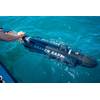
Kraken Robotics’ Synthetic Aperture Sonar Deployed at REPMUS 2025
Kraken Robotics Inc. announced that a record number of participants used its synthetic aperture sonar (SAS) technology at…

Deeply Innovative: Drivers in Subsea Defense
The undersea domain has never been more strategically important. From the proliferation of submarines and underwater vehicles…
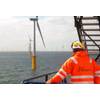
Nexans Appoints New CEO
French subsea power cable maker and services provider Nexans has appointed Julien Hueber as its new Chief Executive Officer…

Coral Reef Discovered Off Naples
A large white coral reef containing important species and fossil traces has been discovered at a depth of more than 500 metres in the Gulf of Naples…
Featured Companies
Advanced Navigation

Yacht Signs
Digital Edge Subsea Ltd

R.M. Young Company

South Bay Wire and Cable Company, LLC

HydroComp, Inc.

 August 2025
August 2025
